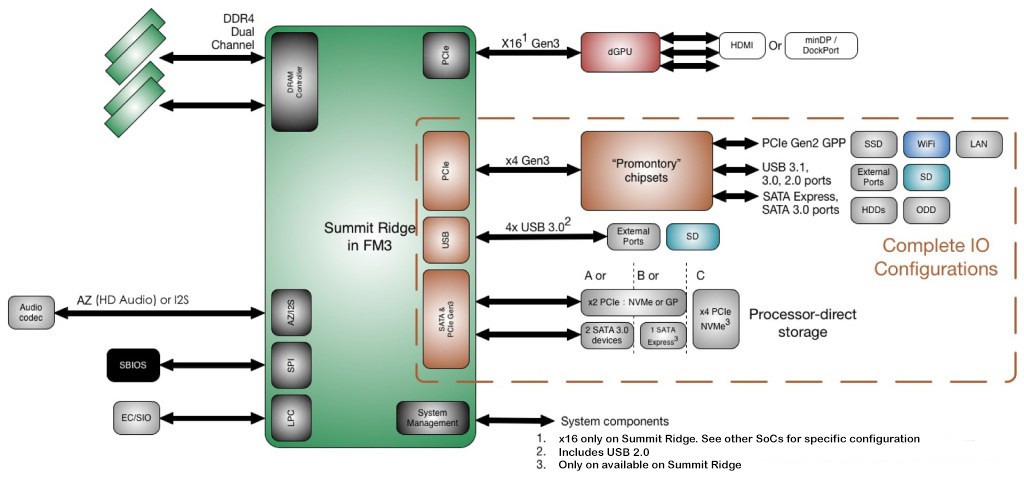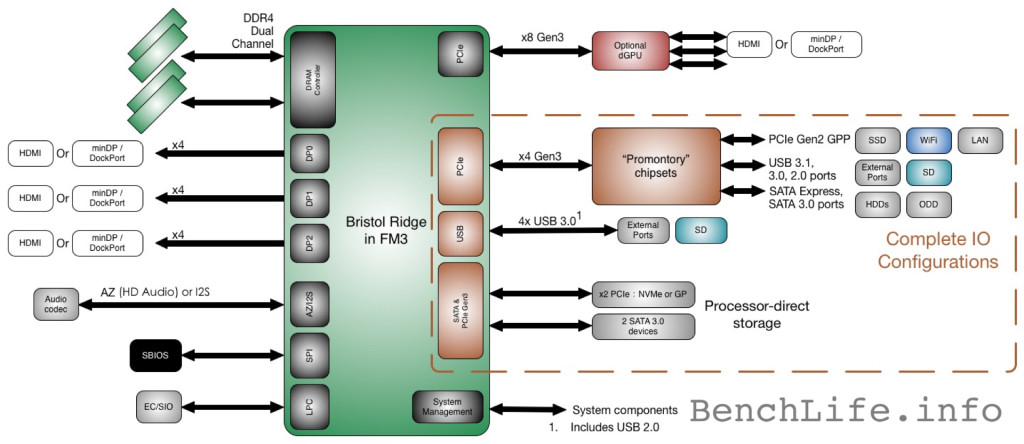AMD would do well to offer a K i5 competitor right from the start (and, of course, some part that does its best to compete with i7 6700K), even if it has limited availability. So that means something more cut down than 8C/16T.
I also wonder what the viability of 8C 8T would be as well as 6C 6T.
The key, for targeting mainstream enthusiasts, will be being able to keep up clockspeed and IPC with just enough threads to power a gaming experience without stutter. The more cores/more threads marketing angle is going to be less important for most buyers than the overall result. If a 6 thread part is the most optimal then maybe something like 6C 6T might be seen. I doubt a tricore is going to be the most optimal.
Summit Ridge should be soldered and unlocked.
In terms of the low end that's Bristol Ridge, right?
Maybe in the future a Zen tricore. It would be a very cool marketing angle if AMD could work with Nintendo to release a coupon for a PC Zelda game as a promotion with a tricore processor. Triforce on the box, and as the chip's name, would get a lot of interest. It would need to have a recommended controller, though, since Zelda games are action titles and a keyboard doesn't cut it. Alternatively, Nintendo could make a FFVII-type RPG with the Zelda franchise, one aimed more at older gamers (less kiddie).










